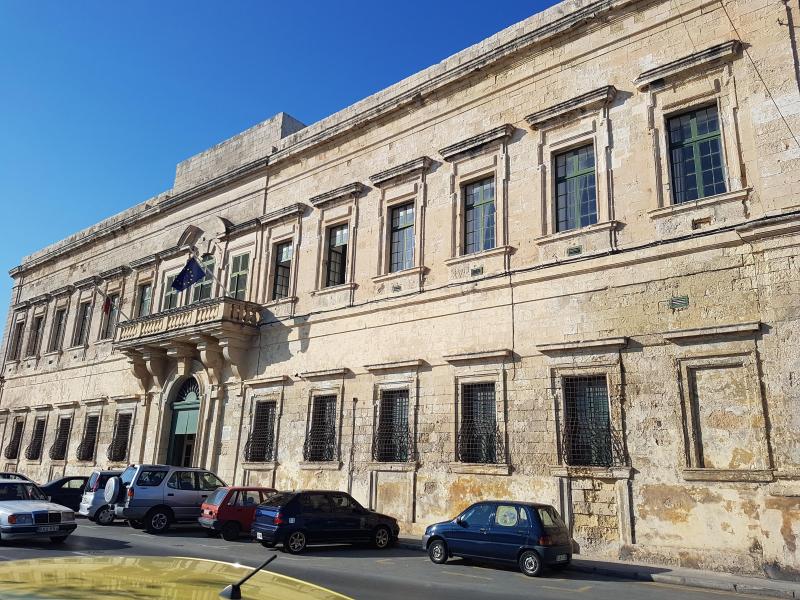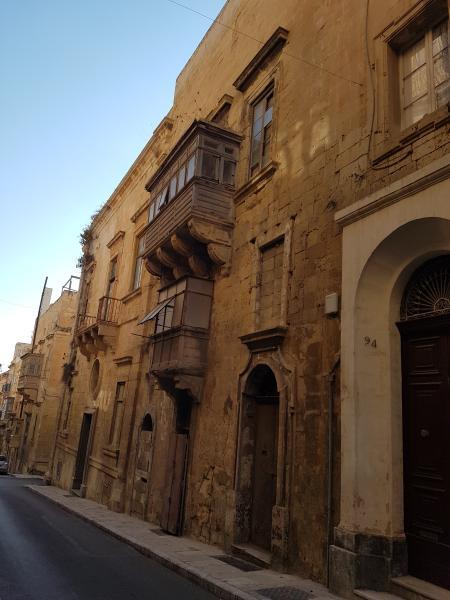Valletta is Malta’s administrative and cultural capital and a hub for tourists and local businesses. Such activity, however, has concentrated in the central part of Valletta neglecting to some extent the needs of its poorer neighbourhoods.

For instance, at 32.3%, Valletta has the highest rate of dilapidated and vacant building stock on Malta. Moreover, an abundance of social housing properties are in need of significant repair to make them safe and accessible to an ageing population. Such conditions are emphasised in the Marsamxett area within Valletta. This neighbourhood is further characterised by the lack of economic activity, open, green and public spaces and access.
Against this backdrop, the Strategy & Implementation Division within the Ministry of European Affairs & Equality has been tasked to set up an integrated sustainable urban development strategy that would be co-funded by the European Regional Development Fund.
The Strategy & Implementation Division developed the strategy with an aim to address the imbalance between the lower and higher Valletta areas targeting the Marsamxett area, which is considered a spatially strategic node in the Valletta Strategy.
The Strategy sets out 3 objectives and 5 priority actions covering multiple sectors as is appropriate in catalysing urban change. The objectives are:
- Improving the quality of life and instilling a sense of well-being in the citizens;
- Protecting and promoting the built environment; and
- Sustaining a vibrant economy.
The 5 priority actions are translated into different packages of measures comprising:
- housing
- skills
- cultural heritage
- transport
- business
In consultation with relevant stakeholders, a list of possible projects was provided to deliver on the strategy’s objectives.

Given that the needs are larger than the investment programme can fulfill, a methodology to select the best strategic options to invest the EUR 24m is needed in order to bring about the most out the public-sector intervention ideally bringing about a regenerative effect in line with the strategy’s objectives.
A particular challenge to the development of the programme is the multi-sector nature, which necessitates an appraisal methodology that enables decision-making across different dimensions. Moreover, individual packages of measures will be of varying nature and size (e.g. the benefits and costs of renovating heritage buildings and stimulating business activity are different).

Furthermore, investment decisions of individual projects will need to be backed up by economic and financial analysis.
However, Maltese regulation requires different degrees of evidence according to project size (i.e. below EUR 1m a simple financial analysis is required, above EUR 5m a full CBA and in between a simplified CBA). In addition, the size of the Marsamxett area would make data used in CBA less complete as an input to the decision-making process.
With a strategy and project list in place the particular challenge was how to prioritise and select non-major projects so as to develop the strategy’s investment programme and optimise delivery of its investment components.





